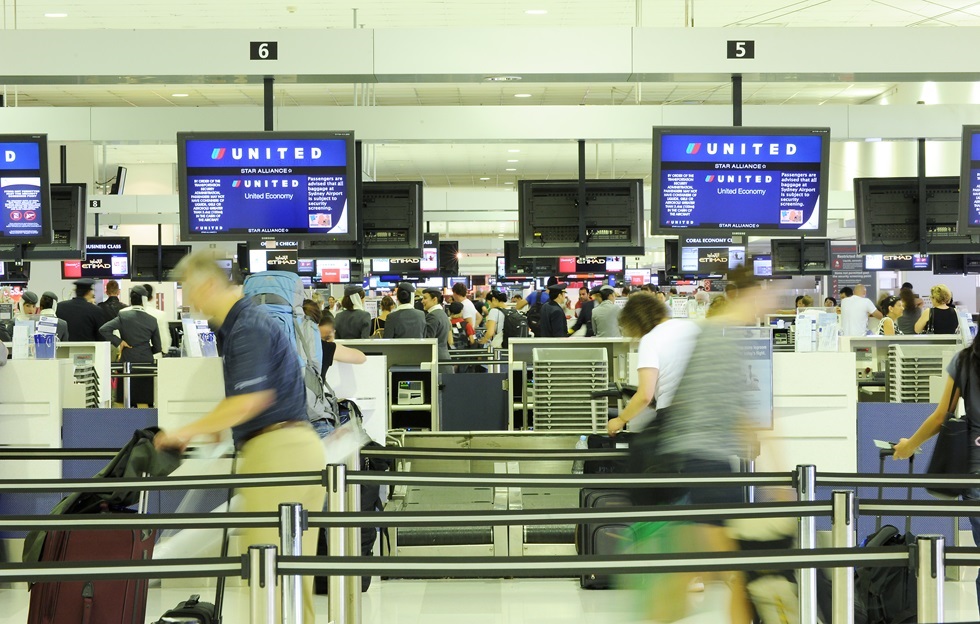Monthly fall in Aussie international passengers the first for eight years
11 June, 2019
3 min read
By joining our newsletter, you agree to our Privacy Policy


Monthly international airline traffic figures for Australia have dipped on a year-on-year basis for the first time since 2011.
March international scheduled passenger traffic of 3.287 million was down 2.5 percent compared to March the previous year.
The Bureau of Infrastructure, Transport and Regional Economics said March 2011 was the last time that monthly international passenger traffic recorded a decrease compared to the same month in the previous year.
The percentage of seats filled also dropped from 78.5 percent in March 2018 to 75.6 percent in March 2019.
READ: Report calls for action on expensive regional airfares.
The dip came before the May election, which normally impacts travel, and as airlines warned they were seeing softness in the market.
However, international passenger traffic for the year ending March — 41.749 million — was still 3.8 percent ahead of the equivalent year-ago period.
Sixty-one international airlines, including five dedicated freight airlines, operated to Australia in March and seat capacity for the month was flat at 4.477 million.
The market share accounted for by Australian carriers rose from 32.3 percent the previous March to 33.9 percent in March 2019.
The Qantas Group accounted for the lion’s share of that with 27.4 percent of total passenger carriage, up from 26.7 percent.
Qantas Airways’ share increased by 1.3 percentage points to 18.2 percent while Jetstar’s fell by 0.5 points to 9 percent.
They were followed in terms of market size by Singapore Airlines (8.2 percent), Air New Zealand (8 percent) and Emirates (6.2 percent).
Qantas chief executive Alan Joyce told reporters on the sidelines of the recent International Air Transport Association annual meeting that capacity into Australia from international carriers was falling for the first time in 14 years due to higher fuel prices.
He said Qantas was seeing a significant improvement in the performance of its international business as a result of factors such as the arrival of the Boeing 787s, the restructure of its Singapore hub and changes across the Tasman.
He noted international had been an underperforming business but said there would be a significant improvement in the second half.
"So the group is looking very strong at the moment, continues to perform very well but we are coping with a number headwinds which are starting to impact our business,'' he said.
The fall at Jetstar contributed to an overall fall in the market share of low-cost carriers from 15.8 percent in March 2018 to 14.4 percent.
The top five passenger city pairs remained Sydney-Auckland, Melbourne-Singapore, Sydney-Singapore, Melbourne Auckland and Sydney-Hong Kong.
International freight traffic in March fell by 0.1 percent, with inbound freight down 3.7 percent and outbound freight up by 3.5 percent compared to a year ago.
Get the latest news and updates straight to your inbox
No spam, no hassle, no fuss, just airline news direct to you.
By joining our newsletter, you agree to our Privacy Policy
Find us on social media
Comments
No comments yet, be the first to write one.

